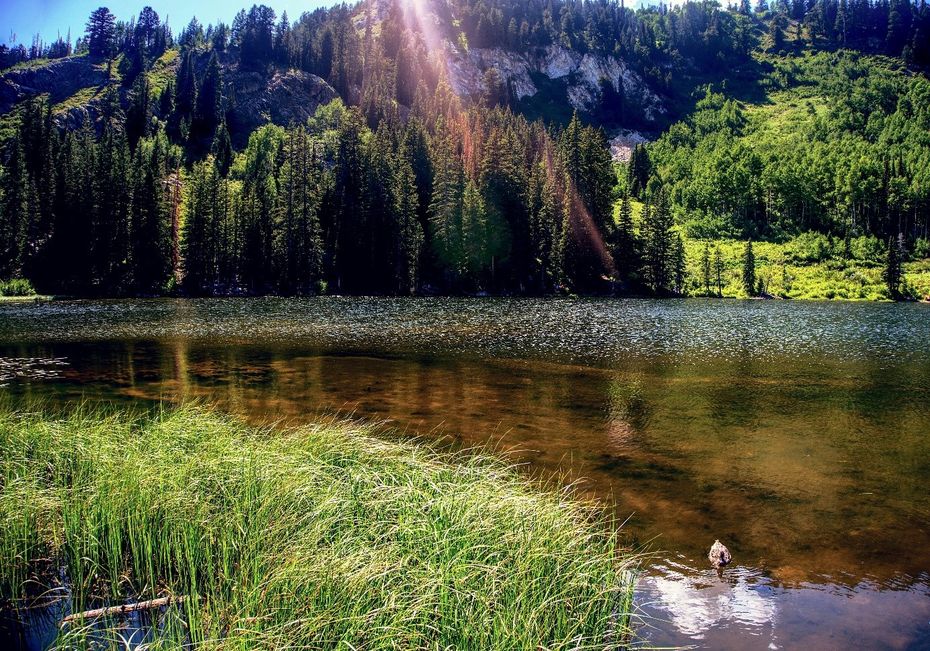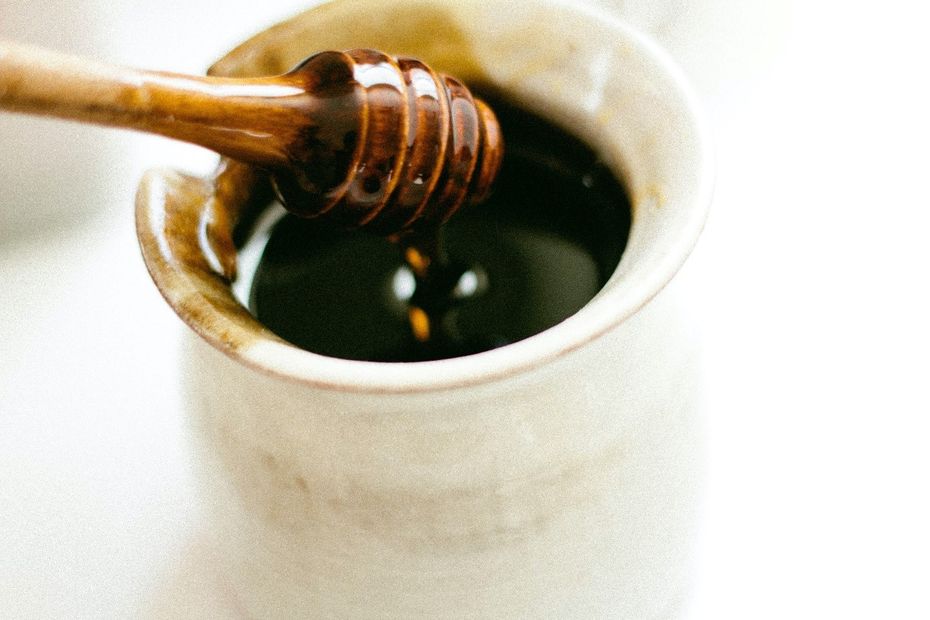Late summer honey harvest - a golden opportunity
As beekeepers, we like to control as much as we can when it comes to taking care of our bees and the honey they produce. But somethings are beyond our control. More often than not, these influences are negative in nature-such as varroa infestation, or viruses. But if the climate and the regional conditions are just right, you may get the opportunity to harvest late summer honey. We shed light on the conditions needed for the late summer honey harvest, some of the benefits, as well as what you need to keep in mind as a beekeeper.
What is the late honey harvest?
As long as bees are able to collect food, they continue to fly out and do so. When the flower supply (canola, fruit, dandelion, lime, etc.) diminishes towards the end of the summer, bees will switch to honeydew, which forms primarily on silver firs, but also on red firs. Because of this change in diet, honey produced in late August and September always has a dark color and a full bodied taste, with rich tannins. It is also known for its long shelf life due to its low water content. The late summer harvest therefore refers to honey produced in August and September.
«Learn more about honeydew in our blog article»

Factors that make late harvesting possible
As there are several a factors that must align, a late harvest is not possible every year. Climate, regional precipitation and the microenvironment around the apiary play decisive roles. On average, a honey harvest is possible until September approximately every 3-4 years, although there are large regional differences.
The other main consideration is the access to fir trees. Without having fir trees (silver firs and red firs) within flight distance of your bee colonies, a late summer honey harvest is not possible. The general rule is: the closer the food source, the easier it is for bees to collect it.
Chemical varroa treatments also play a role. Since formic acid dissolves in water, honey may only be harvested until the first formic acid treatment is applied. If bees produce honey after the treatment, it cannot be used. With conventional chemical treatment methods, late honey harvesting is therefore not possible. It may be possible to delay treatments until after the late harvest, however this is a risky endeavor in itself, as summer usually sees a massive growth in varroa populations. As such, this is not recommended.
Local rainfall must also be considered. Over the late summer period, bees collect honeydew, a sugar-rich liquid produced by aphids that collects on firs. While showers and light wind gusts do not affect aphids, strong rains can wash them, and the sugar droplets, from the trees. A little luck is always needed for a late honey harvest.
Benefits of the late summer honey harvest
Larger harvest and some particularly delicious honey
Summer is the season of plenty. For a beekeeper, the late summer honey harvest can mean increased honey production as colonies can produce up to 1 kg per day until September. In addition, the honey is extremely aromatic, healthy and popular with consumers. Since the water content is low (usually less than 15%), honey from a late harvest is long-lasting. The only thing to do, is to ensure that the melezitose content of the collected honey is low.

Influence on the bee health
For the wintering of the bee colonies, it is important that they have a balanced feed stock. The rich, late summer honey is not suitable as winter food, as it can cause the dysentery, which can lead to the loss of a whole colony. Therefore, if a late honey collection occurs, you should take out the forest honey (also from the brood combs) and feed the bees with sugar water (1:1) as a substitute. This is where the varroa treatment comes into play once again. If an acid treatment has already been carried out, the honey must be thrown away. However, if no chemicals have been applied yet, the honey can be consumed or sold.
Varroa treatment vs. honey harvest. Does it have to be that way?
As a beekeeper, you must often consider when is the right time to apply a chemical varroa treatment. On one hand, mite populations develop exponentially in the summertime. On the other hand, when possible, the late summer harvest presents a great opportunity. There are ways to avoid this trade off. With non-chemical treatments, you can enjoy the benefits of a late summer honey harvest while still keeping the varroa population below the harm threshold. Such methods include heat treatments, or biotechnical treatments such as drone cutting, young population formation, or the banning honeycomb method.
Summary
A harvest in the late summer presents a golden opportunity. If possible, you can enjoy high quality forest honey, but also see increased profits from this fruitful period. It is important to keep in mind that honey cannot be harvested after chemically treating for varroa, so to take advantage of the late summer harvest, you shouldn’t apply chemicals to your hives.
It always takes a bit of luck for a late harvest – the only thing you must do is be ready to take advantage of the opportunity when it arises.